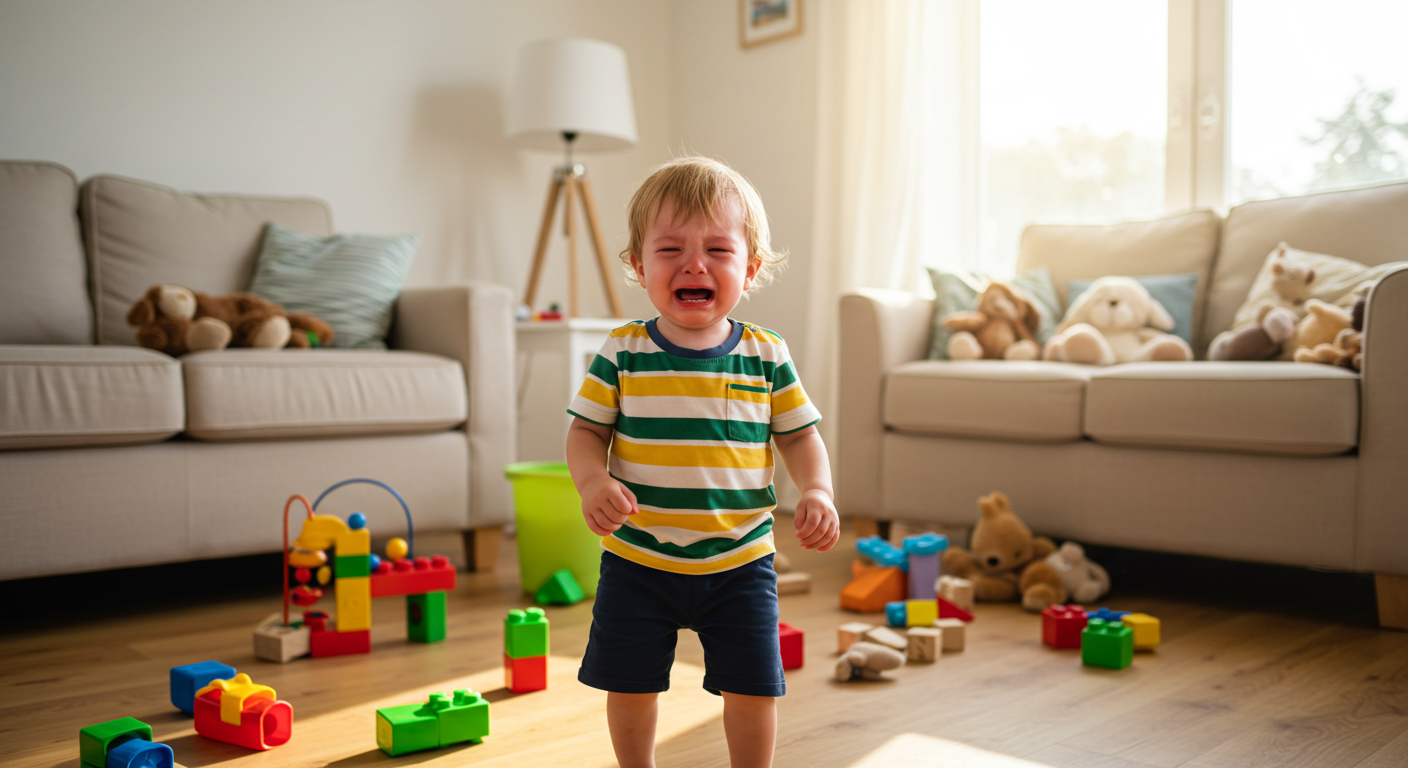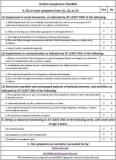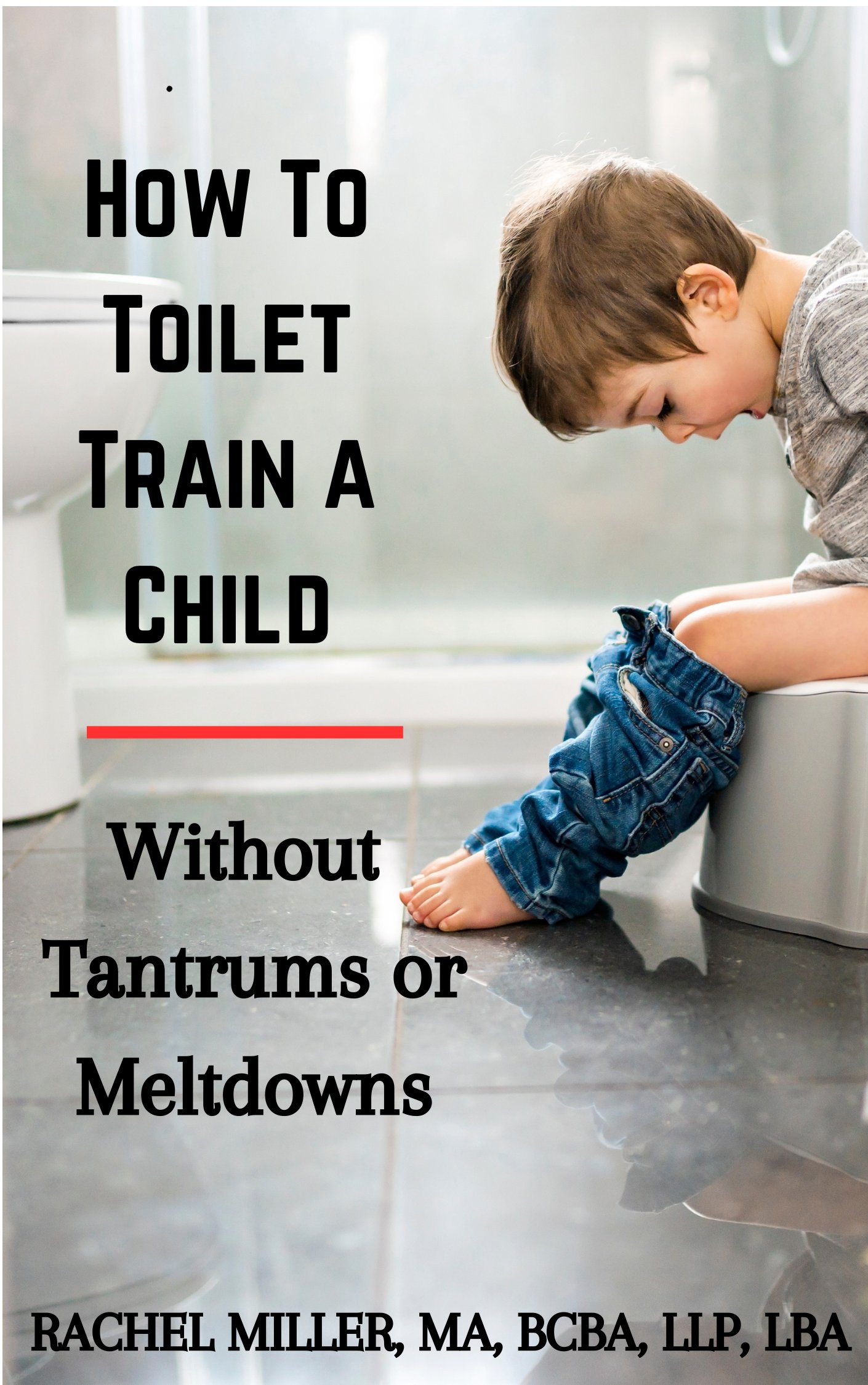Recogonize Early Autism Signs in Children:
Free Checklist & Treatment Guide
Recognizing autism signs early in children is crucial for timely intervention. Download our free autism signs checklist by clicking the image above, and explore proven treatments for children at all levels of the autism spectrum, including those showing Asperger syndrome behavior.
Why It's Important to Spot Autism Signs Early

According to the CDC’s 2023 data, approximately 1 in 36 children in the U.S. is diagnosed with Autism Spectrum Disorder (ASD). This number has steadily risen, emphasizing the importance of early recognition of autism signs to ensure timely intervention.
Given this rise, it's more important than ever for parents and caregivers to recognize early autism signs and seek support as soon as possible. Early diagnosis leads to more effective intervention and better long-term outcomes for children.
This guide outlines core autism signs in children based on the DSM-5 (Diagnostic and Statistical Manual of Mental Disorders, Fifth Edition), the current gold standard used by professionals to diagnose autism.
The following provides autism signs as determined by the DSM-5 Revised Fifth Edition written by the American Psychiatric Association.
Early Autism Signs: What to Look For
299.00 Autistic Disorder
The DSM-5 consolidated several previous subtypes of autism (including Autistic Disorder, Asperger's Syndrome, and PDD-NOS) under a single umbrella: Autism Spectrum Disorder (ASD). Diagnosis now requires the presence of specific signs in two key domains:
1. Persistent Deficits in Social Communication and Social Interaction
To meet this criterion, a child must display all three of the following autism signs, currently or by history:
- Deficits in social-emotional reciprocity: Examples include difficulty with back-and-forth conversations, reduced sharing of interests or emotions, or failure to initiate or respond to social interactions.
- Deficits in nonverbal communicative behaviors: Such as poor eye contact, lack of facial expressions, difficulty using or understanding gestures, and limited body language.
- Deficits in developing, maintaining, and understanding relationships: Trouble adjusting behavior in different social contexts, difficulty making friends, or lack of interest in peers.
2. Restricted, Repetitive Patterns of Behavior, Interests, or Activities
At least two of the following four signs must be present:
- Stereotyped or repetitive movements, speech, or use of objects (e.g., echolalia, hand-flapping, lining up toys).
- Insistence on sameness, inflexible adherence to routines, or ritualized patterns of behavior (e.g., extreme distress at small changes, rigid thinking).
- Highly restricted, fixated interests that are abnormal in intensity or focus (e.g., intense interest in maps, numbers, or a specific topic).
- Hyper- or hyporeactivity to sensory input, or unusual interest in sensory aspects of the environment (e.g., adverse reactions to textures or sounds, fascination with lights or spinning objects).
Additional Diagnostic Criteria
To receive an ASD diagnosis under the DSM-5:
- Symptoms must be present in the early developmental period, though they may not fully manifest until social demands exceed capacity.
- The signs must cause clinically significant impairment in social, occupational, or other important areas of functioning.
- These disturbances are not better explained by intellectual disability or global developmental delay (although both may co-occur).
Autism Signs in Girls and Toddlers
Autism signs in girls may be more subtle and can differ from those seen in boys. Girls often mask symptoms better, which can delay diagnosis. If you're looking for autism signs in toddlers or infants, visit our autism symptoms by age page for specific checklists designed to help parents observe early developmental patterns.
Understanding the Increase in Autism Diagnoses
While the exact causes of autism are still being studied, many experts believe increased awareness, improved screening, and broadened diagnostic criteria play a role. Some ongoing research explores genetic, neurological, and environmental factors.
What to Do If You Notice Autism Signs
If you've observed potential autism signs in your child—such as delayed communication, repetitive behaviors, or challenges with social interaction—don’t wait. Early intervention is key, and taking action as soon as possible can dramatically improve your child's long-term outcomes.
Here’s a step-by-step guide for what to do next:
1. Document the Autism Signs You Observe
Use our free autism signs checklist to keep track of behaviors you’ve noticed. Make notes about when the signs appear, how often, and in what context (e.g., at home, at school, or with peers). This record will be invaluable when speaking with professionals.
2. Schedule a Developmental Screening
Reach out to your pediatrician or primary care provider and request a developmental screening. The American Academy of Pediatrics recommends routine autism screening at 18 and 24 months, but you can request an evaluation at any time if you have concerns. Be an advocate for your child! I really can't stress enough how important this is for parents to speak up and be persistant if they think something is off. Early intervention is the most important aspect of a child progressing if they do have autism. I have had many families tell me about doctors brushing them off and saying the child will grow out of it. In my personal opinion, it doesn't hurt to get an evaluation for autism or at the very least an evaluation for the free early intervention program in your state. To qualify for these services, most children need to be under the age of 3 and many times families wait until their child is 3 to get started, so then it becomes a lot of waitlists to get a diagnosis of autism and then go on a waitlist to get ABA therapy which both waitlists can be 6 months to a year or even longer. By then the child is often 4 or 5 years old and all that time was wasted.
3. Get a Referral for a Full Diagnostic Evaluation
If your child’s screening raises concerns, your doctor may refer you to a specialist—such as a developmental pediatrician, child psychologist, or neurologist—for a comprehensive evaluation using the DSM-5 criteria for Autism Spectrum Disorder.
4. Start Early Intervention Services
You don’t need to wait for a formal diagnosis to begin getting help. Contact your local early intervention program (for children under 3) or school district (for children 3 and up) to access support services, including speech therapy, occupational therapy, and behavioral therapy.
5. Connect with Support Networks
Parenting a child with autism can feel overwhelming, but you are not alone. Look for local autism support groups, Facebook groups, national advocacy organizations, and online communities where you can share experiences, gather advice, and access helpful resources.
Treatment Options for Children Showing Autism Signs

If your child shows autism signs, exploring treatment options is essential. We provide a comprehensive guide to therapies that support communication, behavior, and development:
- ABA Therapy (Applied Behavior Analysis): Evidence-based intervention to build positive behaviors
- DIR/Floortime: Encourages emotional connection and play-based learning
- RDI (Relationship Development Intervention): Strengthens social and relational skills
- ASD Communication Cards - Improves ability to communicate wants and needs to reduce tantrums and meltdowns
One of the most common autism signs is difficulty with communication. communication cards are a popular way to help children using pictures express their needs.
Get the Free Autism Signs Checklist
Don’t wait to take action. Click to download your free autism signs checklist, designed to help you observe and track potential behaviors in your child. Bring it to your healthcare provider to support early screening and intervention.
For more resources on autism signs in children, visit our autism symptoms hub, where you’ll find age-specific checklists, treatment comparisons, and tools to guide your parenting journey.
If you haven't already, be sure to check out my ebooks, now on Amazon!
References
1. American Psychiatric Association. (2000). Pervasive developmental disorders. In Diagnostic and statistical manual of mental disorders (Fourth edition---text revision (DSM-IV-TR). Washington, DC: American Psychiatric Association,70-75.


